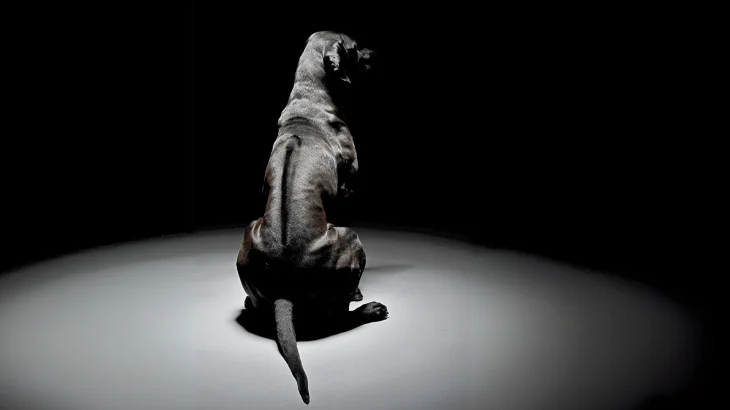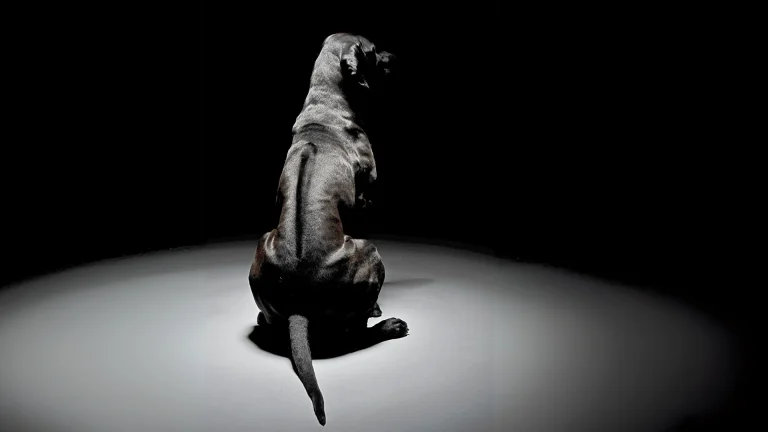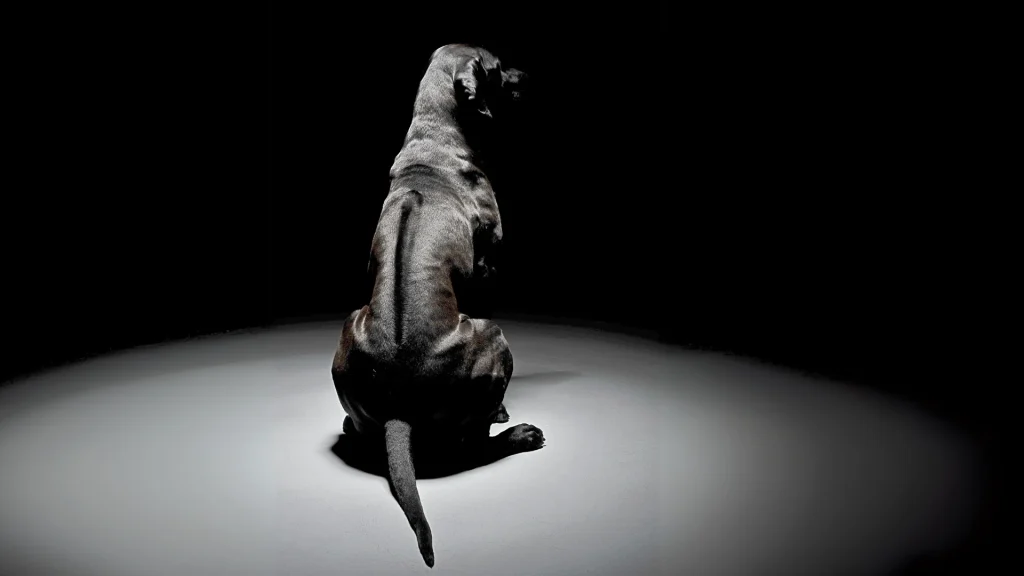Pet insurance for a Thai Ridgeback can be a valuable way to manage unexpected vet bills from accidents or illnesses. This breed is active and sturdy but, like all dogs, can face health issues that lead to costly treatments. Insurance helps spread these costs by covering many surgeries, emergency care, and sometimes hereditary conditions common in dogs. Policies usually require deductibles or co-pays, and coverage details vary, so it's important to read terms carefully.
Health and Surgery Coverage
Insurance often covers illness and injury-related expenses, crucial for a breed that might get hurt during play or exercise. Many policies exclude pre-existing or hereditary conditions, and waiting periods often apply. Owners pay deductibles and co-pays, which add to out-of-pocket costs. While premiums rise with the dog's age, coverage during emergencies can save significant money.
Liability Coverage
Liability insurance protects owners from costs if their Thai Ridgeback damages property or causes injury. Given the breed's protective nature, liability coverage offers peace of mind by covering legal fees and settlements. This adds to the insurance cost but is wise for comprehensive protection.
Alternatives to Pet Insurance
Some opt for emergency savings or pet wellness plans for routine care. While these avoid premiums, they lack the risk-sharing insurance offers, leaving owners exposed to large bills from emergencies or surgeries.
Owner's Financial Responsibility
Even insured owners pay deductibles, co-pays, and might encounter annual coverage limits. Routine care typically isn't covered, so budgeting for these expenses remains important. Understanding policy details helps avoid surprises.
Pros and Cons of Pet Insurance
The benefits include financial support in emergencies, access to expensive treatments, and peace of mind. Drawbacks are ongoing costs, exclusions, and sometimes slow claims processing. Choosing insurance depends on personal finances, your dog's health, and your comfort with risk.
Example: Emergency Poisoning
Consider a Thai Ridgeback ingesting something toxic during a walk, needing urgent treatment. Without insurance, vet bills may be overwhelming. Insurance can cover most costs after the deductible, allowing focus on recovery rather than finances—showing how helpful insurance can be for this breed's curious and active nature.




















































